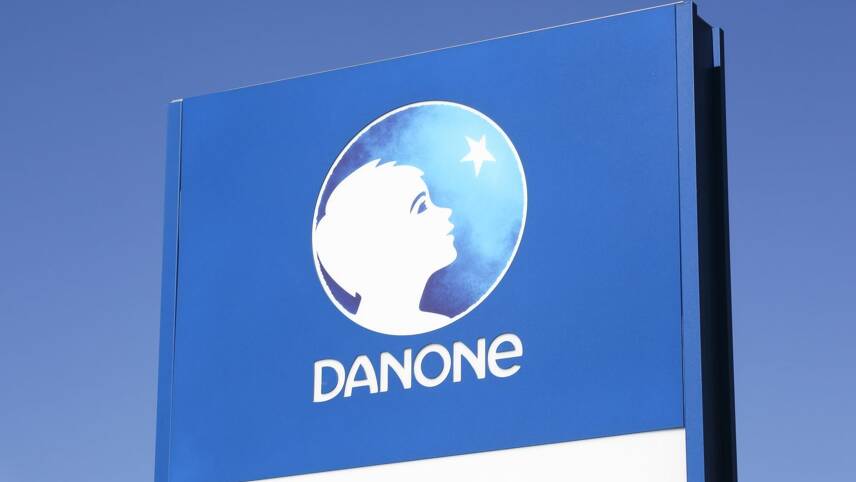Register for free and continue reading
Join our growing army of changemakers and get unlimited access to our premium content

Danone plans to expand the programme to include its key external partners.
The consortium has discovered a system by which captured carbon can be directly converted into MEG using genetically engineered bacteria. The captured carbon can be taken from carbon capture technologies that are added to steel mills and waste biomass processing plants to capture emissions. The carbon can then be combined with a blend of enzymes and heated, resulting in a fermentation process that converts it directly into MEG.
Previously, carbon had to be converted into ethanol, then ethylene, then ethylene oxide, then MEG. Removing these multiple steps makes the process more energy-efficient and resource-efficient, resulting in a material with a lower emissions footprint.
LanzaTech has stated that a “multi-year development phase” will need to be completed to build on this proof-of-concept success, before PET packaging, such as plastic bottles, are manufactured and released to the general customer market. PET usually contains around 25-30% MEG.
Danone Research and Innovation’s advanced techno materials director Pascal Chapon said: “We have been working with LanzaTech for years and strongly believe in the long-term capacity of this technology to become a game-changer in the way to manage sustainable packaging materials production. This technological collaboration is a key enabler to accelerate the development of this promising technology.”
Danone has committed to achieve net-zero carbon emissions across its value chain by 2050. It is in the process of updating the science-based targets which underpin this long-term goal. At present, the Science-Based Targets Initiative (SBTi) has verified the FMCG giant’s targets in line with a 2C trajectory. The SBTi will be phasing out 2C targets though to 2025, making 1.5C alignment the minimum requirement.
Other LanzaTech collaborations
Back in October 2020, LanzaTech announced that its work with L’Oreal had resulted in the successful production of a prototype shampoo bottle made using captured carbon and no virgin fossil-based plastics.
That prototype was made using the traditional multi-step process of converting carbon into ethanol, then ethylene, then polyethene. L’Oreal stated at the time that it intended to launch the bottles to market by 2024.
Another corporate partner of LanzaTech is US-based beauty company Coty. March 2021 saw Coty and LanzaTech partnering with the intention of using captured carbon to manufacture ingredients for perfumes. Coty perfumes made using carbon-captured ethanol first began in January this year.
Elsewhere, LanzaTech is working with Zara and Mibelle, and, separately, with Lululemon, to use MEG made using captured carbon to make clothing.


Please login or Register to leave a comment.